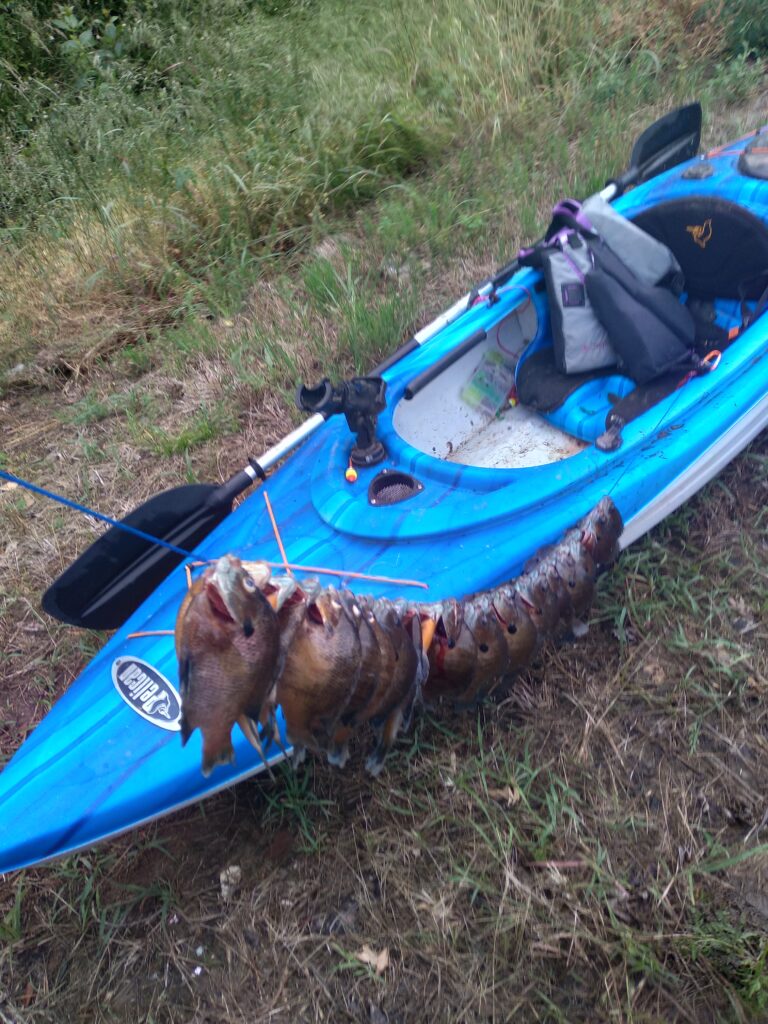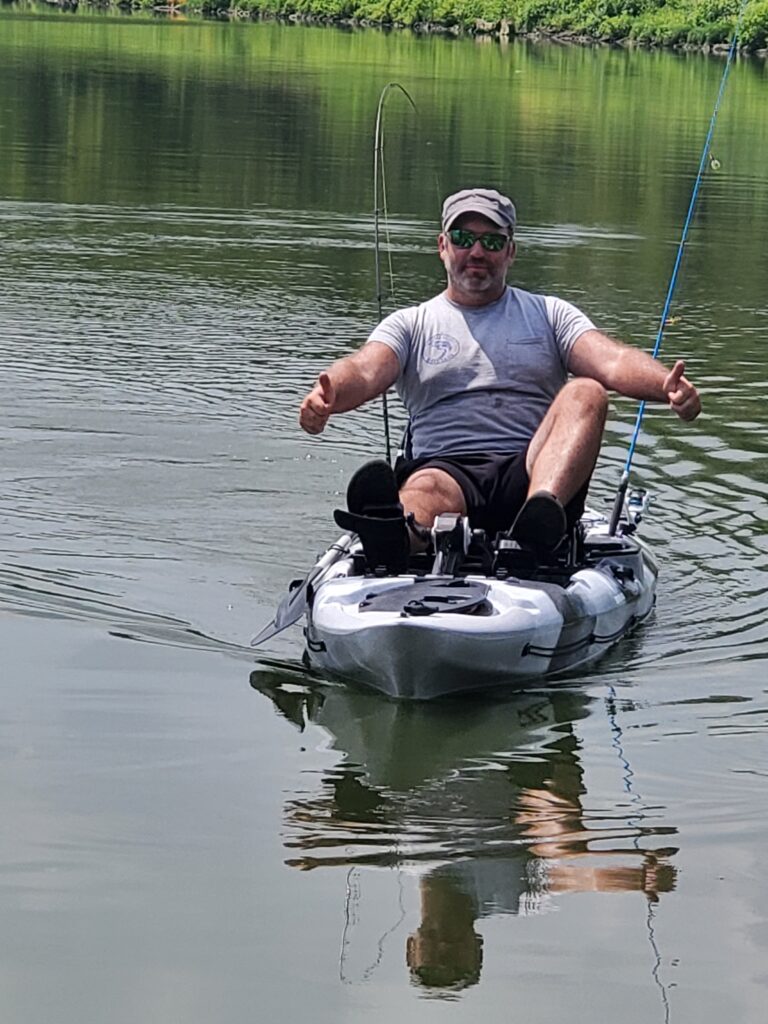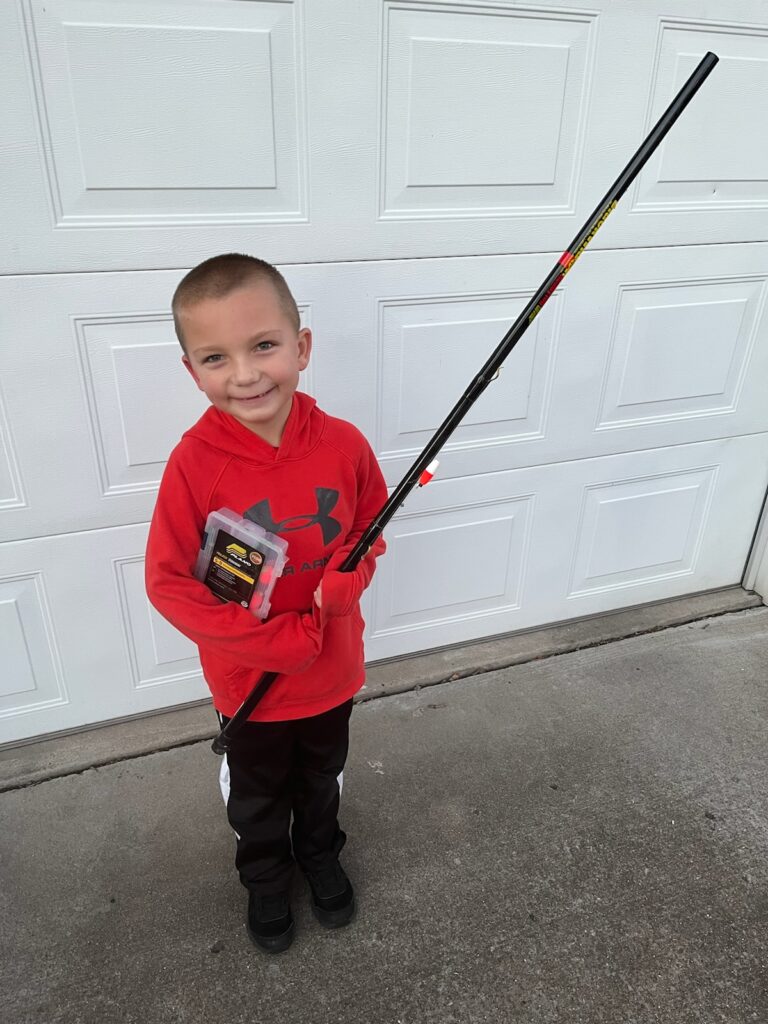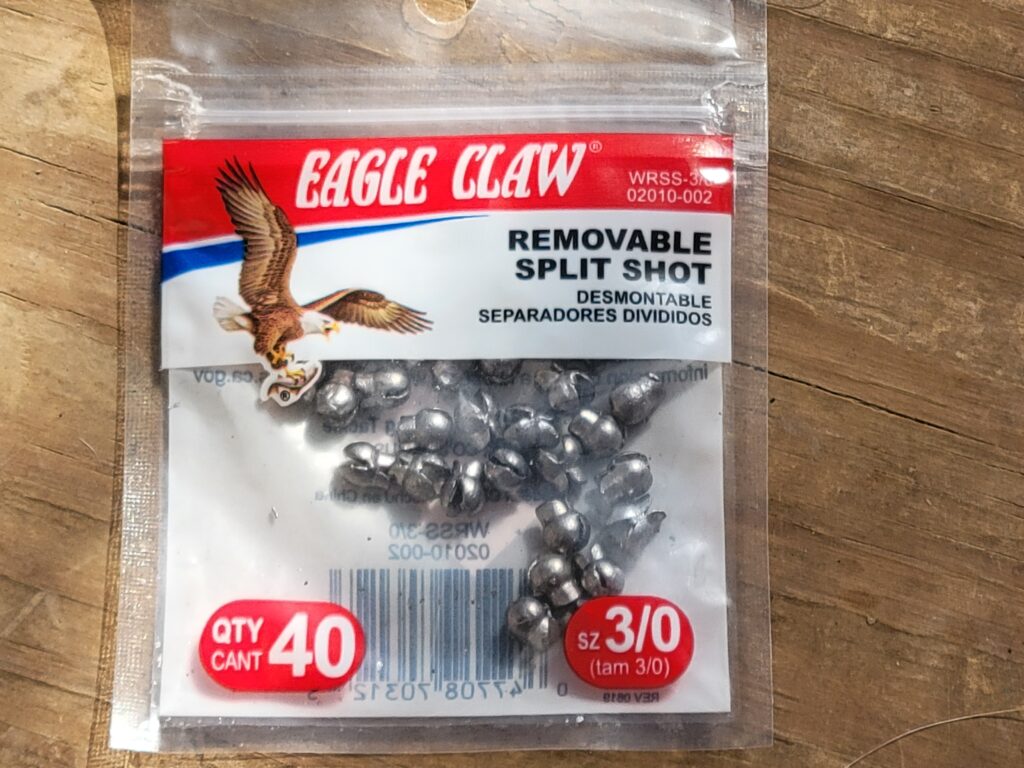Bluegill
When, Where, And How To Fish The Bluegill Spawn!
If It Wasn’t For The Bluegill Spawn, I Might Have Never Gotten Into Fishing
My grandfather was a smart feller!
We would never get started fishing until late April when I was very young. I never really understood at the time but he knew…
He knew that if we hit the lakes at the right time, the fishing action would be hot enough to keep my attention and hopefully develop my love for the outdoors!
He was right!
What Makes The Bluegill Spawn So Action Packed?
Bluegill are for its size, the toughest fish in a lake. Given its round shape and aggressive behavior the fish can fight!
While a crappie’s narrow design makes it great for bursts of short spurts, it does little for it when being raised up out of the water.
A bluegill naturally creates more drag in the water leading to epic battles each and every time on micro gear! Add to it that the bream is already aggressive and agitated defending their nests and you got a combo of memory day in the making!
When Do Bluegill Spawn?
There are three phases to a bluegill spawn:
- Pre Spawn (nest building)
- Spawn (egg laying/fertilization)
- Post Spawn (guarding the nest/hatchlings)
Pre Spawn
When the water temperatures reach 67 to 70 degrees, male bluegill will make their way into shallow wind protected coves to begin building their nests. In clearer water they’re easy to distinguish as dozens of small dark, saucer shaped, spots will litter the bottom.
Air temperatures need to average out around 70 degrees for about 7 to 10 days for the bluegill to kick into pre-spawn mode. Shallow dingy water will heat first and should be monitored closely.
Spawn
Once the water temperature sustains itself in the low 70’s females will feel comfortable enough to lay their eggs to allow for incubation.
She will approach the nests, seeking out the larger males to protect the young giving them the best chance at survival. The larger males will have the best spots near laydowns or any cover.
After laying the eggs, the male fertilizes them and chases the female off, as his protective instincts have gone into overdrive.
Post Spawn
After a few days, the eggs will hatch and the fry will remain close to the male until they’ve eaten everything within the circumference of the nest. It’s now when the few that will survive venture out to feed, and where hungry small predator fish will be waiting.
As for the male bluegill, he will continue the cycle until the last female has had a chance to lay her eggs. The mortality rate for these young fry starts to drop, as the guardian’s energy levels have started to wane, and fishermen naturally keep bigger fish who would’ve been better care takers, leaving inexperienced juvenile bream with the important task.
Fish Management During The Bluegill Spawn Can Make Or Break A Lake
This spring reproduction stretch is the absolute, most critical time, that fish harvests need to be monitored! Refraining from keeping the larger males throughout all phases of the spawn can completely revamp a lake.
It takes a little over three years for a bluegill to hatch and reach maturity. If a large fish in your lake is around eight inches then please release it! He will go right back to his nest and continue on as if he’d just chased an intruder from his spot.
Keep the smaller six-to-seven-inch males forcing the females to mate with the more dominant fish.
It only takes a few years of doing this, that your larger bluegill will reach the nine-to-ten-inch mark!
Also, if bluegill have overpopulated your lake, keep all females full of eggs, allowing fry more food and less competition.
How To Fish The Pre-spawn For Bluegill
During the pre-spawn bluegill are occupied with building their nests and not as opportunistic of feeders. This doesn’t mean you can’t catch them; it just means you’ll possibly skip over areas they’re in if you’re looking for the more aggressive bites once the actual spawn begins.
Search the small coves staying just back of where you anticipate the beds to be. You’re likely to catch several females at this time, which you can remove to help with overall populations. The females will still be feeding aggressively.
How To Fish The Spawn For Bluegill
This is the easy time that grandpa made sure I was able to get in on. It’s when fish management is crucial due to the bites coming so easily.
To catch bluegill during the spawn, enter the pocket where you’ve seen their nests. Fish deeper to begin with, trying to find the outer beds where you can catch them without disturbing the majority of the fish.
Take only ten or fifteen bluegills from each pocket, releasing the larger males so they can get back in there and do their job. Trust me, in three years you’ll appreciate it as you’ll see larger average catches!
How To Fish The Post-Spawn For Bluegill
This is really a bittersweet time for me when bluegill fishing. The fish are still really catchable but the stress and weight loss suffered by the males will be evident with each fish you connect with.
This is when you’ll experience the term “razorbacks” as when you look at them from their top fins, you’ll see little to no meat and a sharp skeleton body. Releasing the larger males is still important so that they can feed back up for next year.
What Baits Work The Best During The Bluegill Spawn
For clear water, the best baits to use during the bluegill spawn are any live bait that you can catch yourself or purchase. The fish will be more than happy to defend their nests by ingesting a meal. My personal favorite is grub worms for if they’re turned inside out, will remain on the hooks longer!
In Dirty water, the best bait to use for my money is the Shelton’s Phyllis Bluegill Bug. The baits last much longer than and the fish have trouble distinguishing them from live bait. Simply attach a bobber above keeping the bait about six inches off the bottom.
Conclusion
It’s hard to stress the importance of fishing this time of year. You can do wonders for both young fishermen and the overall health of your lake by not being too greedy.
Invest in the time of fish management, as I’ve seen far too many lakes that were once touted as great bluegill destinations become full of small bream.
Anglers would brag about catching two to three hundred fish in a day not knowing or perhaps not caring that they were doing a lot of harm for future generations of bluegill and fishermen. If we work together, we can bring those times back again!




